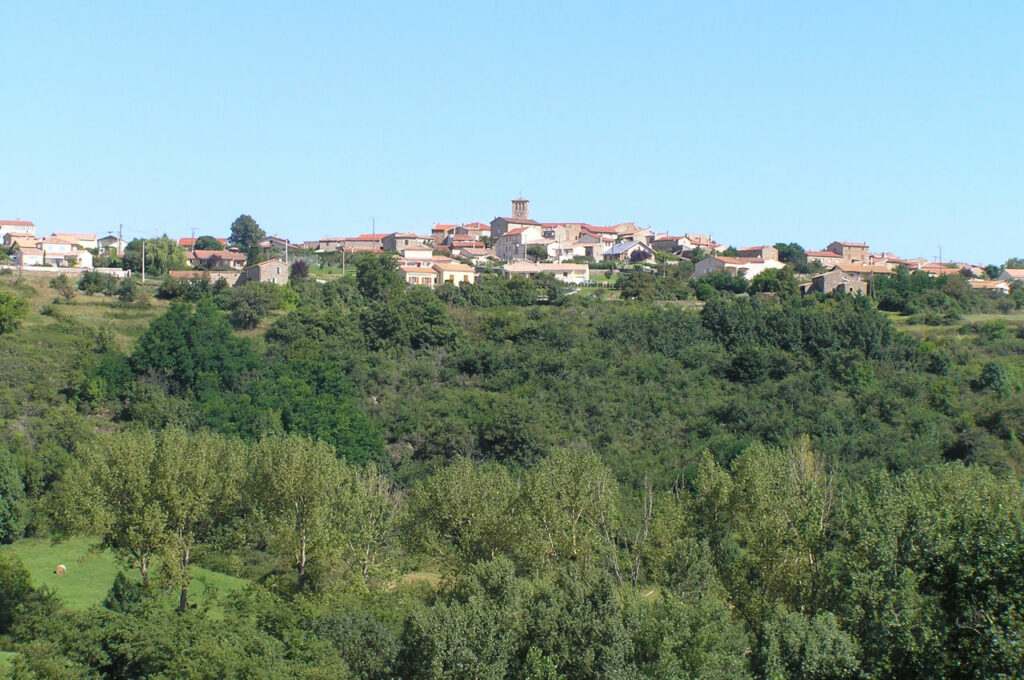When reindustrialization and coopetition go hand in hand in the world of athletic shoes
The French government has decided to commit €850 million to promote industrial relocation within the country.
Frédéric Le Roy, University of Montpellier and Camille Bildstein, University of Montpellier

This priority, which arose from the Covid crisis and the logistical difficulties it caused, was reaffirmed by the President of the Republic at the Paris Motor Show. The funds were used following calls for projects addressed to five sectors considered "critical": health, agri-food, electronics, essential industrial inputs (chemicals, materials, raw materials) and 5G. A total of 477 winners were ultimately selected.
For many, however, such as economists Elie Cohen and Pierre-André Buigues, authors of a recent scathing opinion piece in Le Monde, we are still a long way off. One of the main obstacles remains production costs, which are still very high in France compared to those in emerging countries, an obstacle that is not helped by inflation and fears of energy shortages.
Cooperation between competitors
Beyond government aid, our research, conducted at the Coopetition Lab and the Coo-innov Chair, indicates that one strategy appears to be quite effective and undoubtedly worth promoting: cooperation between competitors, sometimes referred to as "coopetition." Not only does it reduce costs by pooling resources, as competitors often produce using similar infrastructure, but sharing knowledge also makes it possible to launch ambitious programs and promotesinnovation. On this last point, let's remember how researchers at BioNtech and Pfizer quickly came to an agreement and pooled their knowledge to jointly create the first effective vaccine against Covid.
Coopetition is a strategy whose value to businesses is increasingly recognized. It appears to be just as relevant for projects led by large companies in high-tech sectors, such as the Galileo project or video game development at Ubisoft, as it is for small businesses in traditional sectors such as wine.
[Nearly 80,000 readers trust The Conversation newsletter to help them better understand the world's major issues. Subscribe today]
A prime example of the success of this strategy, centered around a project to reindustrialize France, is that of Salomon, Babolat, and Millet, three big names in the sports footwear sector. With the aim of relocating their production to France, the three companies agreed to have part of their shoes manufactured by the same subcontractor, Chamatex, in the same factory, which they jointly financed somewhere in the north of the Ardèche region, in a small village with fewer than 2,000 inhabitants.
Competing with Asia
In 2020, Chamatex, a chemical textile manufacturer, launched the Advanced Shoe Factory 4.0 (ASF 4.0) project. After a year of work and a €10 million investment, the sports shoe factory was inaugurated. Its goal? To put France back at the heart of shoe production and compete with Asia. Part of the factory's investment costs were jointly borne by three client companies, originally three competitors: Salomon, Babolat, and Millet. Each contributed €400,000.
The factory's advanced automation should enable a flexible production line and the manufacture of several types of shoes for the three competing brands. The shoes from Babolat, Millet, and Salomon that will be produced by ASF 4.0 will mainly be made from a common technical fabric called Matryx. This fabric is used to cover new shoes that are lighter, more resistant, and provide optimal support. It was originally invented by Chamatex and Babolat. Millet and Salomon will therefore benefit from technology developed by a competitor.
A simple gift from Babolat? Without cooperation with competitors, the factory would never have seen the light of day, since its profitability depends on producing large quantities, which allows it to benefit from economies of scale and amortize its investments.
The factory's modern facilities also enable shorter production times. As they set out to conquer the European market, the three competing partners will also be able to demonstrate their responsiveness. Finally, producing closer to consumers minimizes transportation costs throughout the supply chain and the environmental costs associated with carbon footprints.
Counterintuitive but inspiring
Ultimately, the factory should enable the relocation of nearly 50 jobs to France. The idea behind this project is to replicate this factory model, and above all this co-opetitive model, in other geographical areas, in order to continue relocating shoe production to France.
Coopetition may seem counterintuitive: at first glance, companies prefer to develop their projects alone. And if they do not have the necessary skills or resources in-house, they will seek partnerships with non-competitors. Teaming up with competitors is often a last resort.
Nevertheless, this exemplary case clearly shows that coopetition, by enabling cost reductions, flexibility, and the sharing of innovations, is a relevant strategy for enabling the relocation of industrial activities to France. The French government could therefore have taken note of the fact that, in responses to calls for projects for relocation, competing companies submitted a joint response rather than separate ones.
Encouraging this type of strategy, as is the case within competitiveness clusters, could be another method that could be used in addition to calls for projects. Beyond government incentives, the Chamatex project could be a powerful source of inspiration for all French manufacturers.
Frédéric Le Roy, Professor of Strategic Management – University of Montpellier and Montpellier Business School, University of Montpellier and Camille Bildstein, Design Engineer, University of Montpellier
This article is republished from The Conversation under a Creative Commons license. Readthe original article.